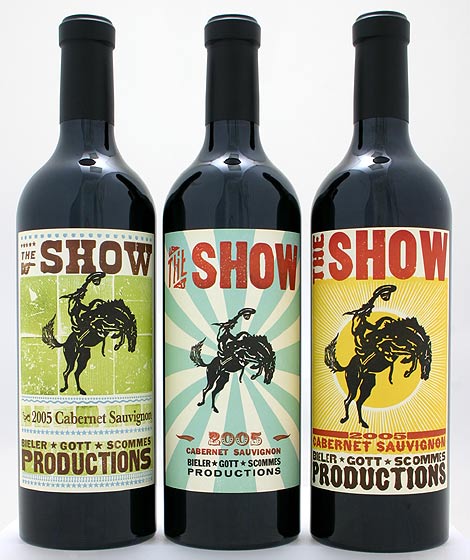 San Rafael, Mendoza, Argentina
San Rafael, Mendoza, Argentina
Alcohol:14%
Available in government ($9.96) and private stores
Another bargain from south (very far south!) of the border. Malbec is virtually Argentina’s signature grape (as Zinfandel is for California), but originally came to Argentina from France. Malbec is normally used as part of a blend in Bordeaux, Cahors (where it is known as Cot) and the Loire in France, but now it’s best known as a single varietal wine from Argentina. (There is even some Malbec grown in British Columbia; look for Kettle Valley’s and Inniskillin’s for good local versions.) And within Argentina, Mendoza is the “home” for good, great, and not-so-great Malbecs.
Typical of Malbecs, this wine has a very dark colour and appears dense. You can see some purple on the edge of the wine, indicating the wine’s youthfulness. The nose is dominated by the black fruit, with some smoke and spicy tones. Those flavours carry on into the mouth, with plenty of dark fruits (plums and black currants) sit over smoke and spices. There is a nice amount of acid to balance the richness of the fruit, with some nice, soft tannins to provide structure for the wine.
I’ve heard that the Finca Los Primos is the best selling Malbec in British Columbia and it would make sense. It’s tasty, ready-to-drink, not expensive, and a very good value. You can enjoy this on its own or with some rich winter fare (ribs or stews spring to mind). While this wine could age for a few years, it’s hard to resist opening it now.







